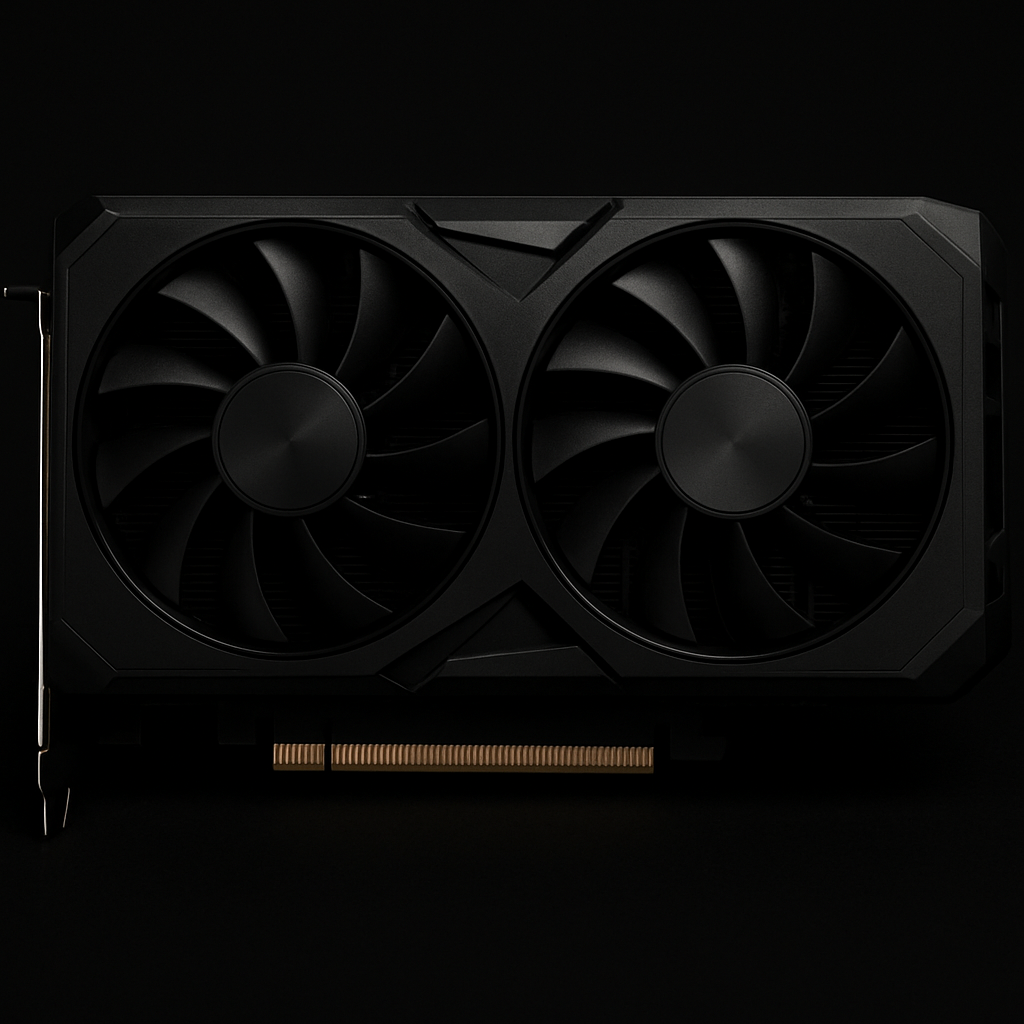
In 2025, budget-conscious gamers operating at 1080p resolution still demand high-efficiency components that offer measurable performance per dollar. This analysis presents the most strategically viable graphics processing units for 1080p configurations—balancing thermal load, power draw, and compatibility within standard system builds.
| Game / Metric | RX 6600 | RTX 3050 | Arc A580 | GTX 1660 Super |
|---|---|---|---|---|
| Apex Legends | 108 FPS | 91 FPS | 85 FPS | 77 FPS |
| Resident Evil 4 | 105 FPS | 89 FPS | 81 FPS | 74 FPS |
| Doom Eternal | 92 FPS | 80 FPS | 76 FPS | 70 FPS |
| Cyberpunk 2077 | 62 FPS | 54 FPS | 48 FPS | 43 FPS |
| Fortnite (Performance Mode) | 138 FPS | 125 FPS | 110 FPS | 102 FPS |
| 1% Lows (avg) | 72 FPS | 63 FPS | 55 FPS | 50 FPS |
| FPS/Watt | 0.83 | 0.69 | 0.47 | 0.58 |
| Thermals | 72°C | 70°C | 78°C | 68°C |
Is 1080p still viable for modern gaming in 2025?
Yes. Despite 1440p and 4K growth, 1080p remains the dominant format globally due to hardware accessibility and frame rate headroom.
Which card is best for streaming + gaming under $250?
RTX 3050 is optimal due to NVENC hardware encoding and native OBS support.
This technical summary outlines the top budget GPUs for 1080p gaming based on verifiable metrics and current component trends. Selection should align with system goals—whether value optimization, feature experimentation, or long-term stability. For those executing on a strict build protocol, RX 6600 provides unmatched value in mid-2025 conditions.